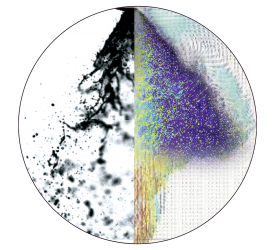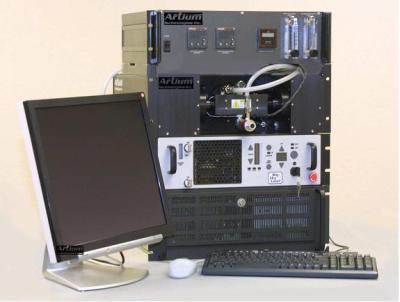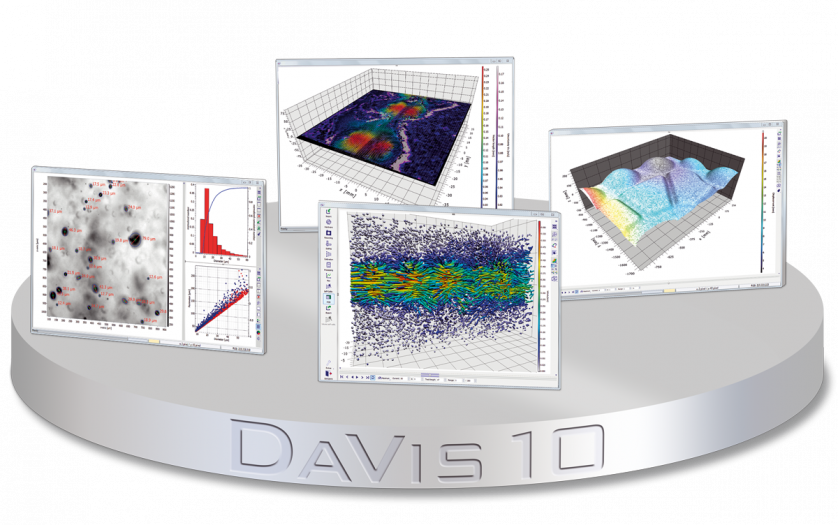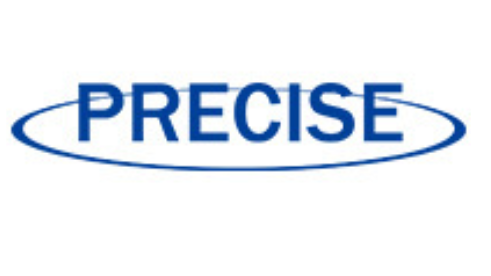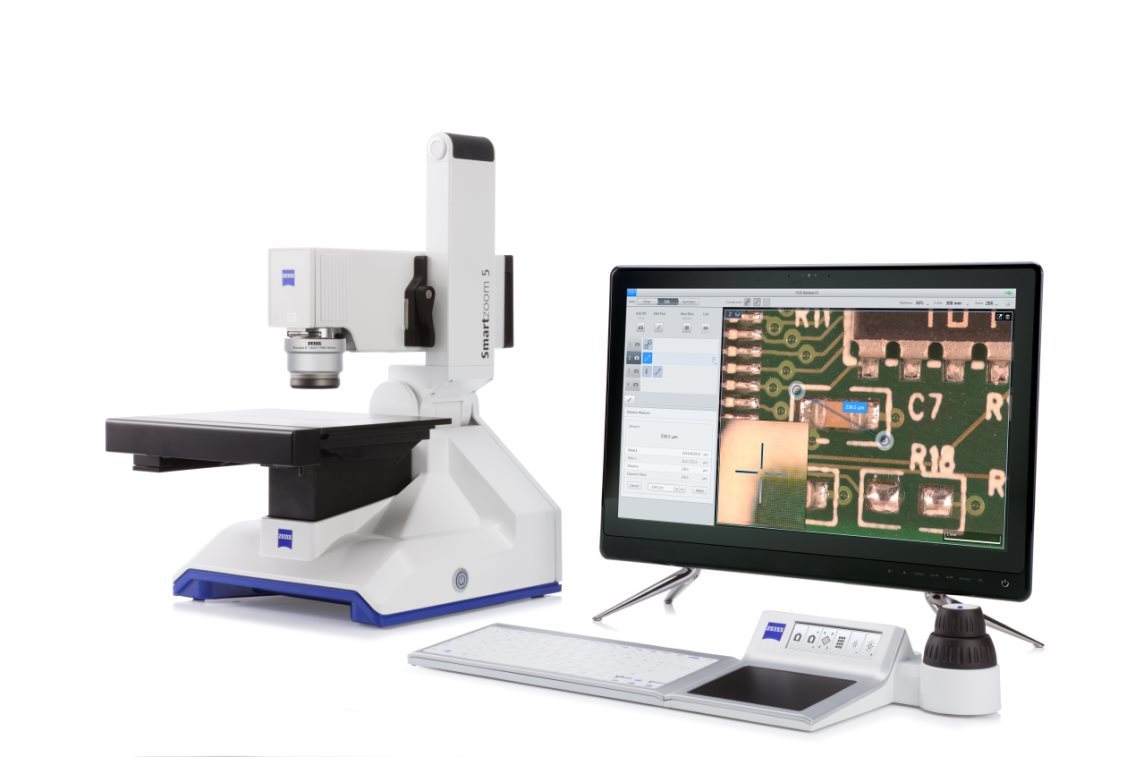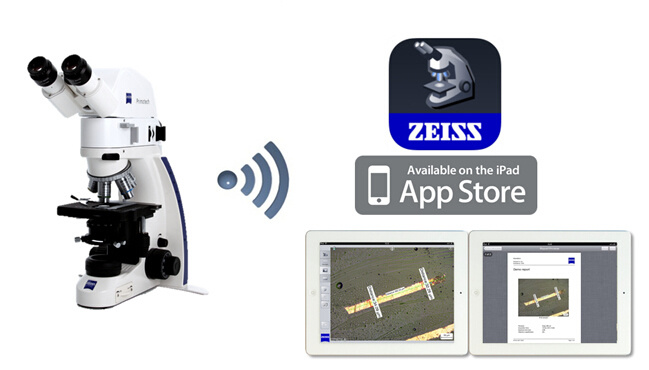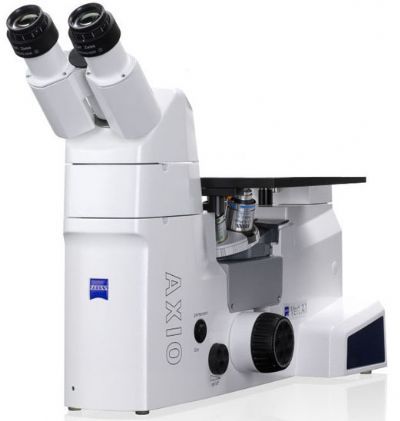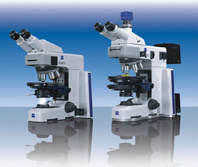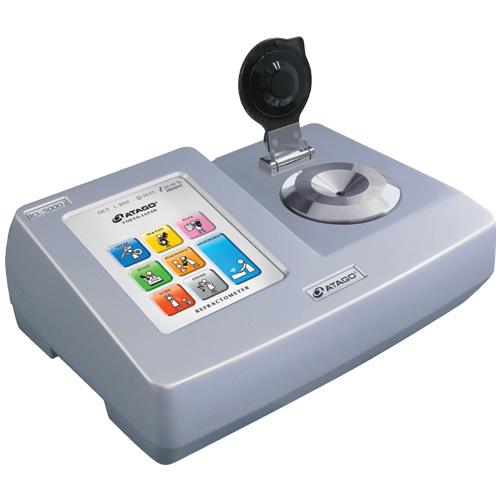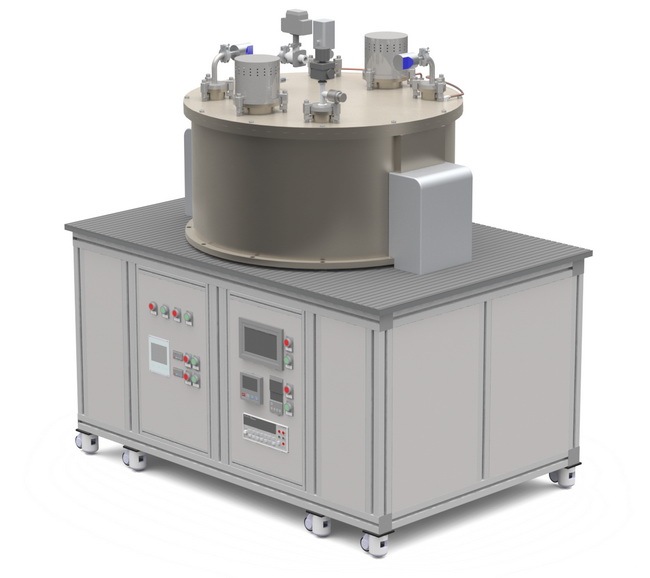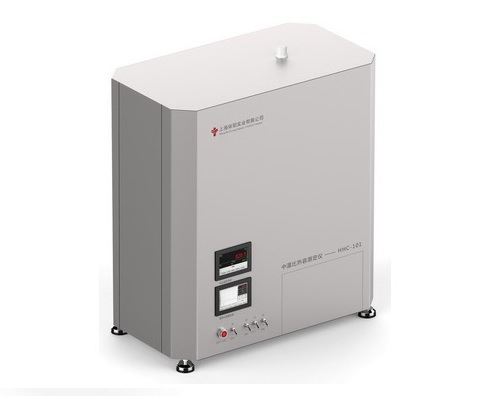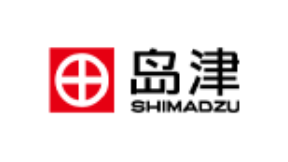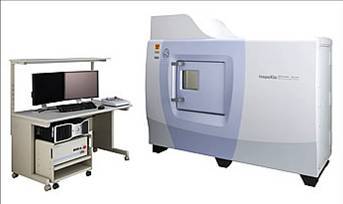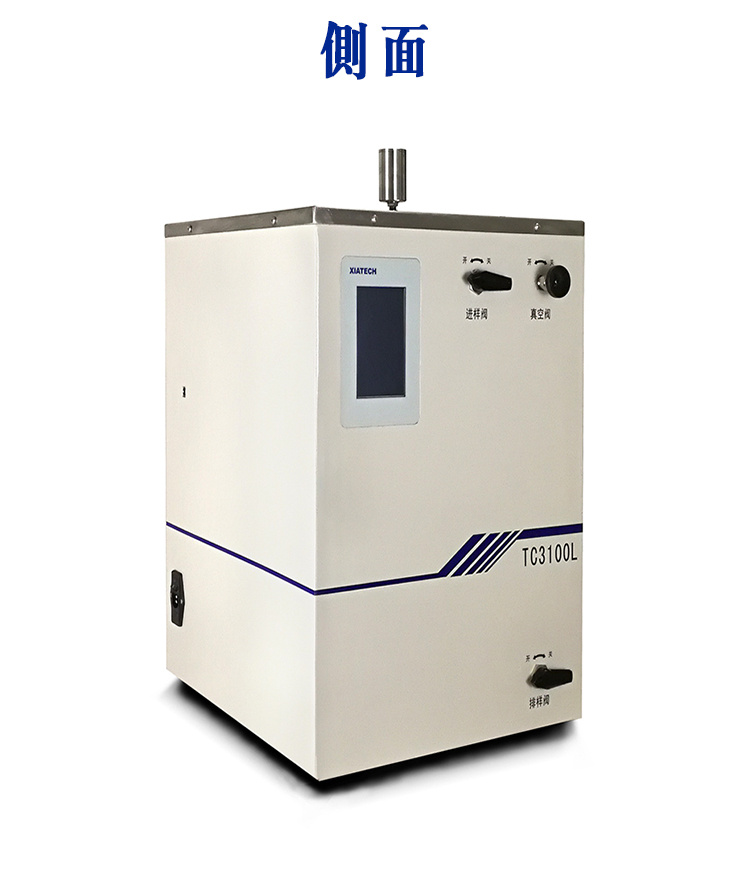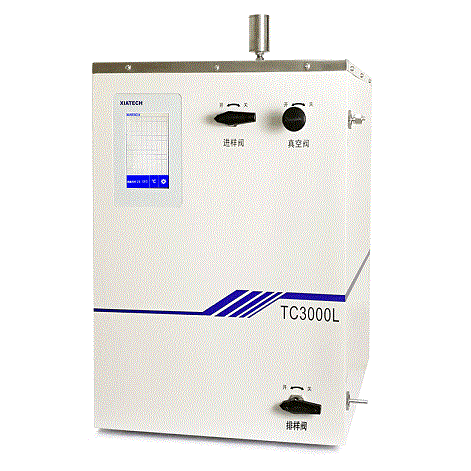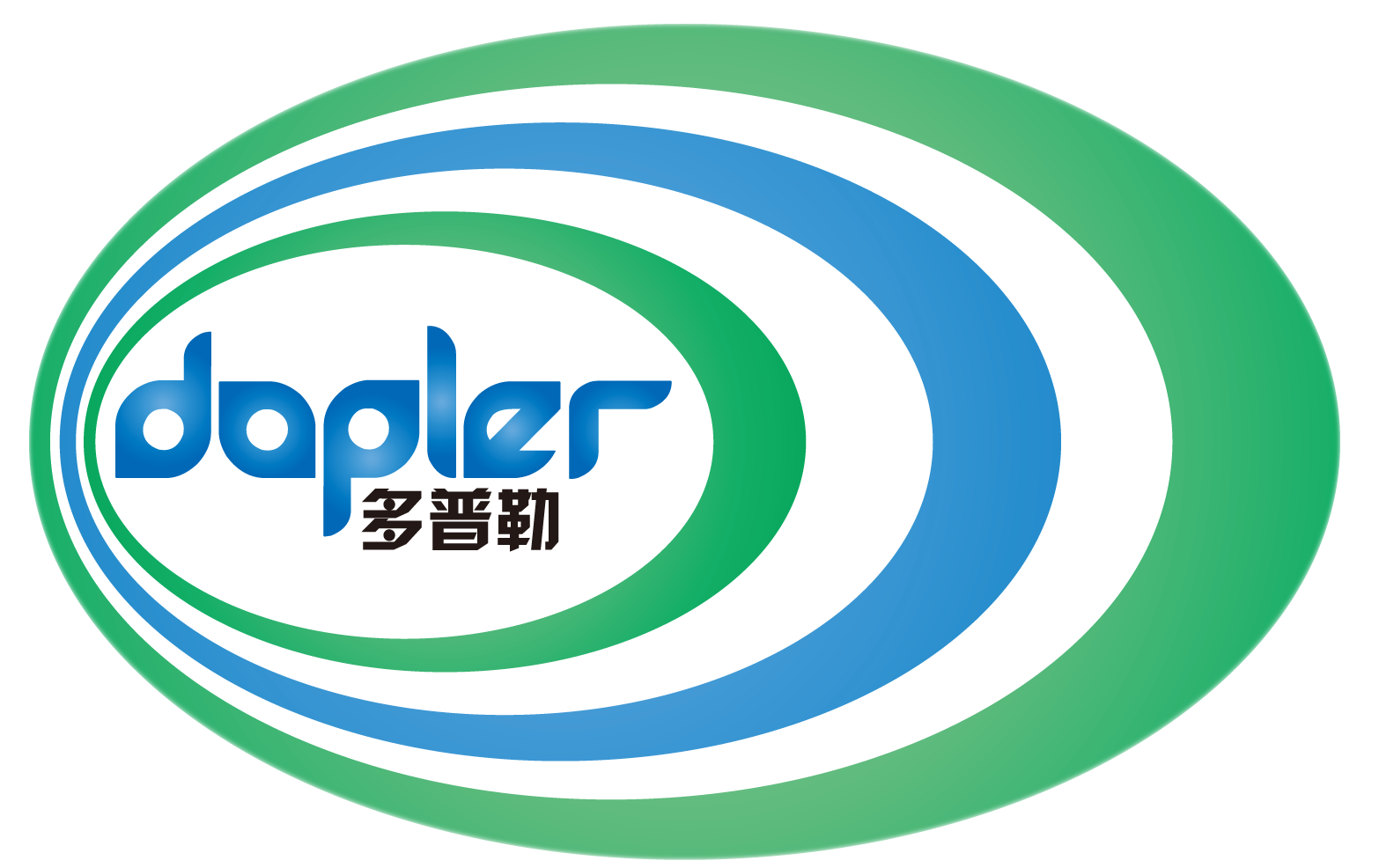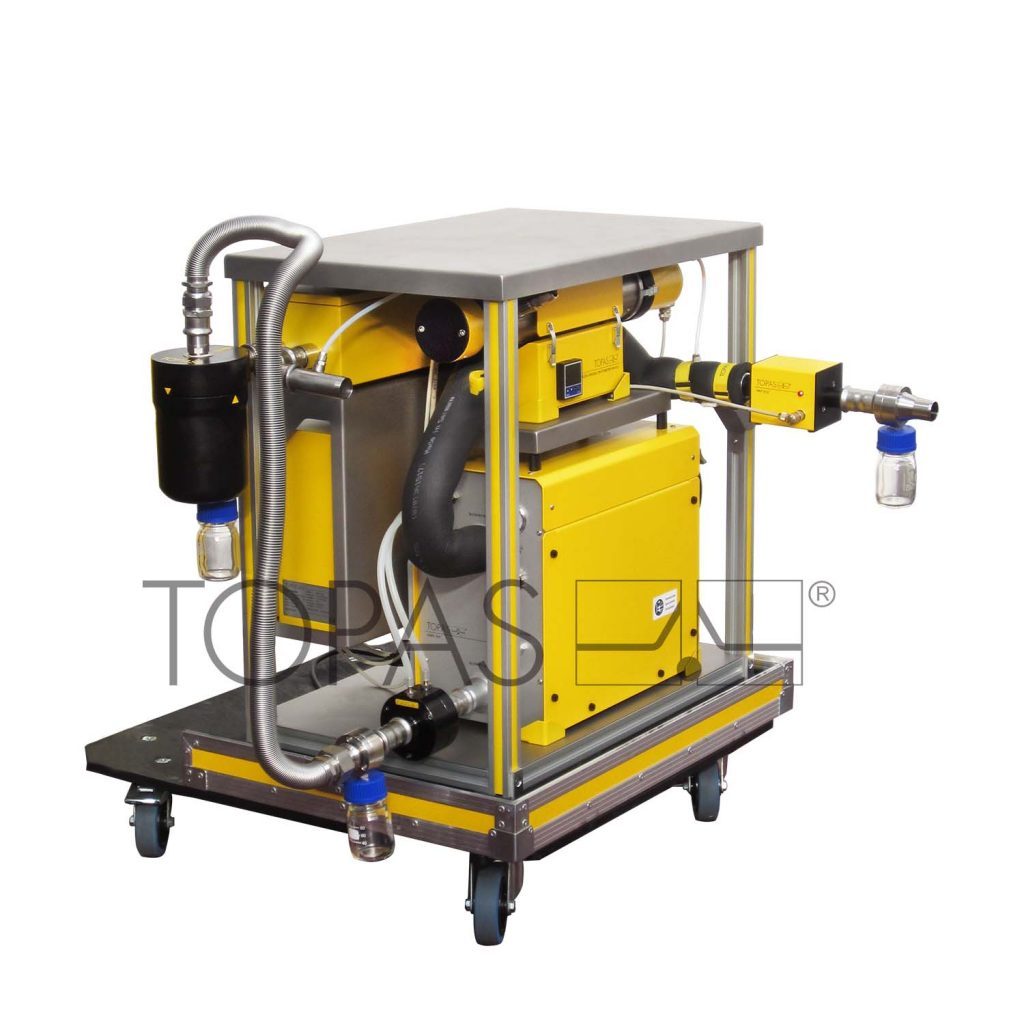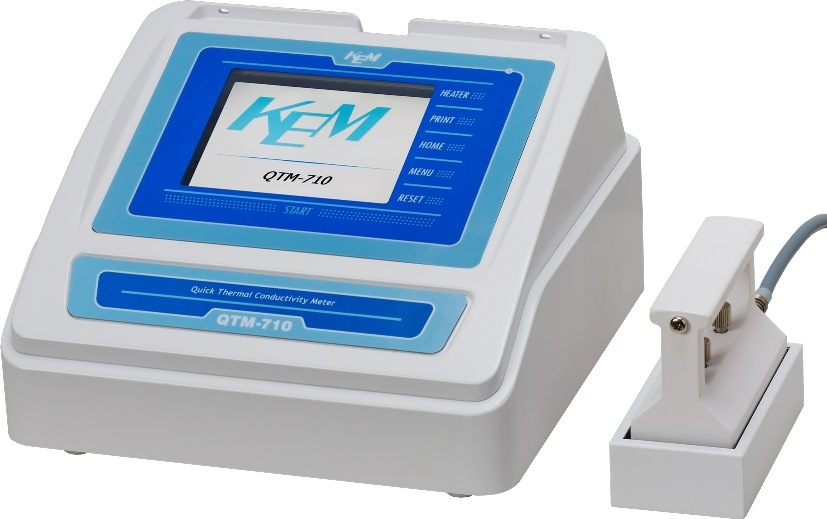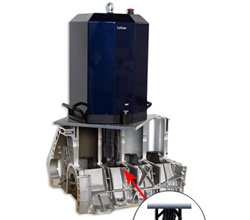NOx,氮氧化物,光学透明发动机中光谱,浓度场,尾气排放,污染物检测方案(尾气检测)
Growing environmental concerns, such as global warming due to the emission of the
greenhouse gas CO2 by automotive power plants, lead to the need for cleaner and fuel
saving combustion systems. Direct injection combustion systems applied to the spark
ignited engine might be a way to improve the efficiency particularly by reducing
pumping and heat losses during part load while maintaining the advantages of high power
density and engine speeds during high loads [Zhao, Lai et al., 1999]. Initially, wall
guided combustion systems were pursued, but high hydrocarbon and soot emissions led
to the investigation of spray guided systems. Here a higher degree of stratification is
possible, which yields improved emissions [Drake, Fansler et al., 2004; Honda,
Kawamoto et al., 2004]. Nonetheless, due to high oxygen availability and locally rich
mixture, the nitric oxide formation is comparably high. This is detrimental as the widely
employed exhaust aftertreatment by a three way catalytic converter is inefficient for
overall lean mixtures. NO storage catalytic converters are widely employed, but require
rich exhaust gas to reduce the stored NO. This is generated by operating the engine
homogeneous-rich for a brief period of time, which of course comes with a fuel
consumption penalty [Tamura, Kikuchi et al., 2001; Krebs, Pott et al., 2002]. A reduction
of in-cylinder nitric oxide is desirable to minimize the number of regeneration cycles.
Hence the understanding of in-cylinder NO formation is important, so that the necessary
scientific background for improvement of the combustion system is provided. An
assessment of the NO formation process inside the engine exclusively by drawing
conclusions from engine out emissions is difficult, because of the highly inhomogeneous
nature of the stratified charge combustion process. Also, due to high cyclic variability
cycle resolved measurements are desirable, which conventional emissions analyzers are
not capable of.
检测样品:
汽车电子电器
检测项:
理化分析
北京欧兰科技发展有限公司
查看联系电话
前往展位
油浸式变压器中糠醛检测方案(液相色谱仪)
目前,国内电力变压器的纸质绝缘材料主要以木材纸浆为原料,主要成分是纤维素,当
绝缘纸劣化时,纤维素降解生成一部分 D-葡萄糖单体,D-葡萄糖单体在变压器运行条件下易
分解,最后产生一系列溶解在变压器油中的氧杂环化合物,糠醛是纤维素大分子降解后形成
的一种主要氧杂环化合物。
合格的新变压器油不含糠醛,变压器内部非纤维素绝缘材料老化也不产生糠醛,变压器
油中的糠醛是唯有纸绝缘老化才生成的产物。因此,测试油中糠醛含量,可以反映变压器纸
绝缘的老化情况。
依利特公司,参考电力行业相关标准和文献资料对实验条件进行了摸索、优化,提出了
变压器油中糠醛检测解决方案。
检测样品:
汽车电子电器
检测项:
理化分析
大连依利特分析仪器有限公司
查看联系电话
前往展位
制动片,刹车片中导热系数检测方案(导热仪)
制动片,也叫刹车片,在汽车的制动系统中,制动片是最关键的安全零件,所有刹车效果的好坏都是制动片起着决定性的作用。两个制动片位于卡钳和转子之间。当踩下制动踏板以停止车辆时,制动衬块挤压制动转子,从而将压力和摩擦施加到转子上。其结果是通过摩擦将转子的动能转化为热能。制动片的导热特性对于保持制动系统的最大性能是重要的。快速导热仪可以对刹车片的导热系数进行质量控制。快速导热系数仪具有优异的操作性,并且可以容易且快速地测量。仅需将将传感器置于温度均匀的样品表面,测量时间仅需60秒。
检测样品:
汽车电子电器
检测项:
理化分析
可睦电子(上海)商贸有限公司-日本京都电子(KEM)
查看联系电话
前往展位
气缸和缸套中表面轮廓和结构检测方案
WLICyl是用于气缸和缸套的非接触3D表面轮廓和结构测量仪,既可用于实验室研发也可用于生产检测环节。
WLICyl最大特点是设计紧凑,坚固耐用,有着很高的横向和垂直分辨率。设备简单易用,无需维护,配置由专业工程师开发的人性化软件。使用合适的安装板放置在缸体上,便于定中心和重复定位。
测量头由精密电机驱动,可实现轴向旋转和横向移动,能够精确测量气缸内的任意位置。可使用操纵杆手动定位传感器,也可使用软件进行自动控制。此外,测量头末端还附带一个小型照相机,可观测约5 mm2的区域。可使用它寻找表面的特殊结构和缺陷,随后进行测量。使用WLICyl可在短时间内对发动机气缸表面粗糙度参数、涂层缺陷和特定参数进行高精度定量测量。使用选配的分析软件可测量珩磨沟槽和气孔的体积、金属撕裂和折叠、扩张脊、大理石花纹、粗糙度以及更多的细节。分析软件还可将数据文件分解成气孔图像、珩磨沟槽图像、金属撕裂和折叠图像等等。
检测样品:
汽车电子电器
检测项:
理化分析
佰汇兴业(北京)科技有限公司
查看联系电话
前往展位
仪器信息网行业应用栏目为您提供20篇汽车电子电器检测方案,可分别用于可靠性能检测、热性能检测、电学性能检测,参考标准主要有等





